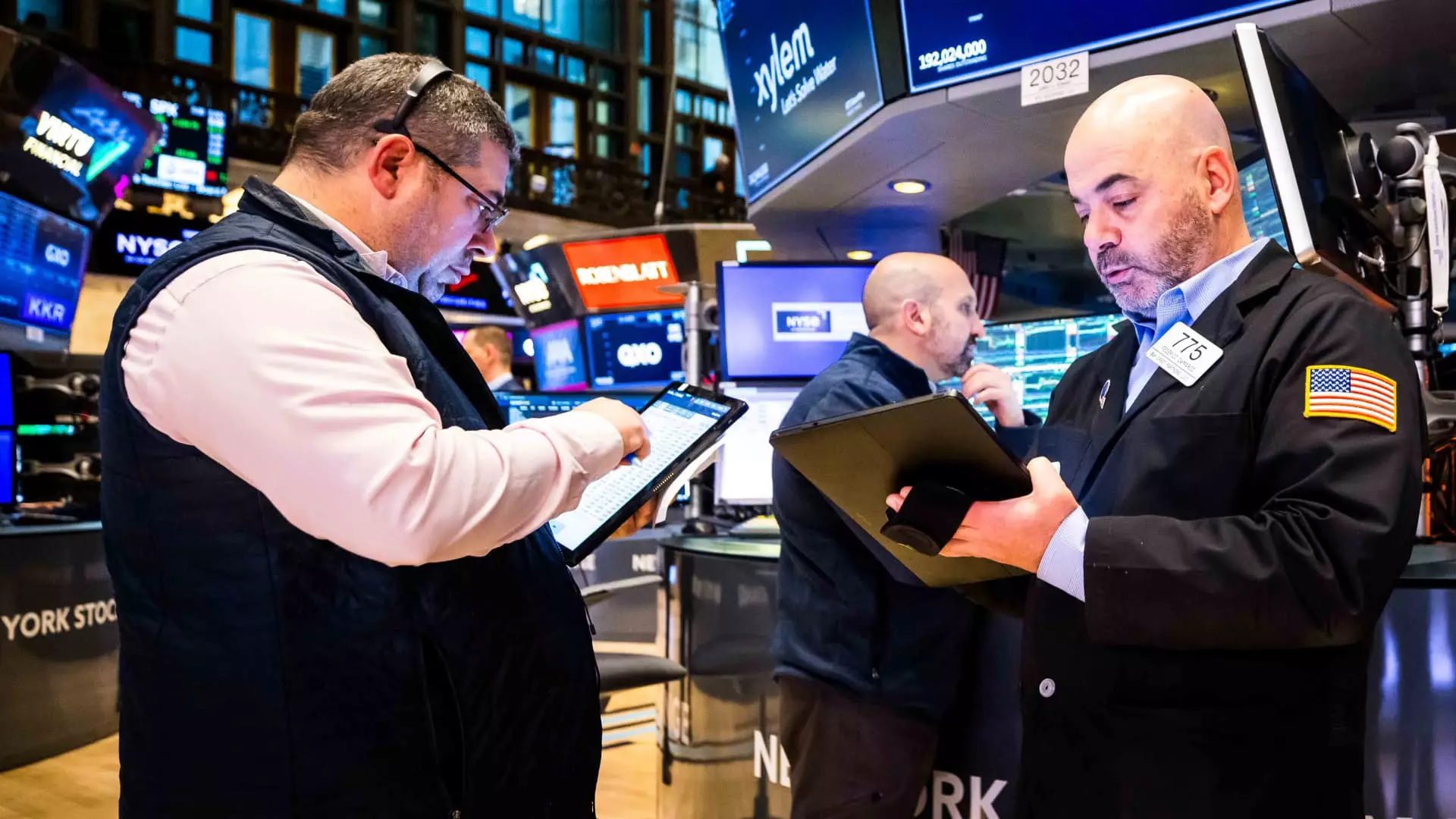Stock picking often appears to be a straightforward method of generating quality investment returns. However, a deeper look into industry data reveals a harsh reality: it is far more challenging than it seems. According to S&P Global’s research, a staggering 73% of active managers underperform their benchmarks within just one year. As time progresses, the situation worsens—95.5% of these managers fail to keep pace after five years, and alarmingly, none manage to outperform over a 15-year horizon. Such evidence calls into question the efficacy of traditional active investment strategies and highlights the stark advantages that indexed approaches provide, a sentiment echoed by investment veteran Charles Ellis.
Amid the growing dominance of passive funds, some industry insiders have voiced concerns regarding the sustainability of active management. Charles Ellis, an authoritative figure in the investment sphere, raises the counterargument that while active management may face challenges, it is unlikely to vanish entirely. The allure of high compensation and the thrill of investment decision-making continue to draw talent into the active management market, creating an oversaturation of skilled professionals. Ellis reflects on the persistent influx of new talent during a segment on CNBC’s “ETF Edge,” suggesting that this interest will remain as long as the environment offers both excitement and rewards. However, this influx may further dilute the potential for achieving a competitive edge in an already crowded space.
Dave Nadig, an ETF industry expert, resonates with Ellis’s assessment, noting the recent record influx of capital into active management. Despite this, he candidly acknowledges the overwhelming growth of index funds and ETFs, which has far outpaced their active counterparts. “It isn’t that anyone believes active management should be eliminated, but the vast majority of investments are flowing towards simpler index-oriented products,” he explains. This phenomenon indicates a preference shift among investors, particularly from those who are less experienced, toward the safety and consistency offered by established index funds.
The rise of Exchange-Traded Funds (ETFs) presents both opportunities and risks for investors. Ellis, who has a long history in the finance sector, expresses cautious optimism regarding the increasing availability of ETFs and the ongoing reductions in management fees that accompany them. However, he also warns of potential dangers arising from the proliferation of ETFs that may cater more to the interests of salespeople than those of the investors themselves. He raises eyebrows regarding specialized and narrowly focused ETFs, asserting that these can mislead investors into believing they possess an advantage over the market when, in reality, they might be exposing themselves to significant risks.
Particularly, Ellis highlights leveraged ETFs, which can amplify both gains and losses, presenting a recipe for volatility. He advises investors to seek out ETFs that align with their long-term goals, emphasizing the importance of conducting diligence and avoiding a reliance on impulse-driven decisions. Nadig reinforces this sentiment, asserting that as technology continues to evolve, the landscape of investment becomes increasingly level. With nearly every investor possessing access to sophisticated tools and quantitative models, uncovering an edge over the competition becomes an arduous task.
An ironic twist in the active management narrative resides in the very talent that fuels the industry. Ellis articulates that one of the reasons active managers frequently underperform is their high level of competence—essentially, they are competing against one another with similar skill sets. This creates a scenario akin to playing poker with all the cards face up; no player can gain a significant advantage, resulting in a collective struggle among skilled participants. The essence of successful investing should pivot away from stock-picking speculation toward a more disciplined, long-term indexed investment philosophy.
While active management retains its appeal among a certain demographic of investors, data starkly illustrates the struggle for consistency and superiority. With passive funds demonstrating a more favorable success track record and the landscape becoming saturated with similar skill sets, both seasoned and novice investors need to remain vigilant. The investment ecosystem is evolving, and adapting to its complexities may prove to be a wiser path than chasing the fleeting allure of active management’s promises.

